When we were at Hampi, we received the good news that we could “pick up” our Iran visa in Mumbai. We took the next night bus to go there and directly hurried to the Consulate of the Islamic Republic. However, the expression “pick up” was a bit too optimistic by the travel agency we had relied on. It involved a whole application process, an interview and some waiting time to see what happened after the presidential election on Friday, 14th June. There were two good things about it: first, they were the friendliest officers we met so far and second, we quickly adapted to the morning procedure of driving to the consulate to be invited for a tea. But there was also a bad thing about it: they were not able to issue the visa before our planned flight to Iran, which was scheduled two days after the election. So we were stuck here and we still do, waiting for the Iranian officials to give us even more anecdotes about how the Ministry of Foreign Affairs works – or better say not works. Up to now we surely have enough material for a complete blog post on the Iranian visa.
At least it is Mumbai where we are forced to stay longer, having our base camp at Colaba’s “India Guest House“. We had heard so many bad judgements about the city, from “crazy” to “horrible”. But in fact, Mumbai has many advantages. Of course, it is a big town and it is Indian. Yet, it has a charming down-town with lots of majestic colonial architecture, green alleys and a nice sea promenade. It was the first time we discovered urban atmosphere in India. People love sitting at the coast, seize the Sunday to play cricket on the streets and in general are more open and helpful, so making contact is much easier. We spent some afternoons just walking around, declining dozens of offers to purchase marijuana, buying some pre-owned and very cheap books from the street vendors or eating in our favorite restaurant. And after having found the magic potion “Vodka Elotrans”, we never got sick again. Surprisingly, Mumbai offers a national park of more than 100 square kilometers directly at the edge of the city, only one hour away from the center. It is a great place to take a day off and get away from the urban life. The same holds for the “Elephanta Island”, which you can reach via a nice one hour lasting ferry ride and offers some old and quite impressive caves.
But of course, Mumbai has its darker side, usually known as Bollywood. Up to one thousand films per year are produced here – or to put it differently, the same story is shown in more than one thousand movies. Since we wanted to get a complete picture of the country, we took all our braveries and bought two cinema tickets. We were highly rewarded, because the cinema was wonderful. Again it was built during the colonial period, a bit old-schooled, ornamented and in general looking like a theater. Also the film “Yeh Jawaani Hai Deewani” was much better than expected. It lasted short two and a half hours, was the most successful film of this year and well-produced. We do not know in which country the story was set, but it must be pretty far away from India. Probably during this afternoon we saw more white people, a lot more alcohol consumption and more female skin than in 4 weeks of India. It is striking how westernized the role-model seems to be and how few changes actually happen.
Not all Indian productions are that professional, as I came to realize. In order to get some white actors for extra roles, it is quite usual that western tourists are hired on the streets. Due to the fact that we had plenty of time in Mumbai and that I was interested in seeing Bollywood from the other side of the screen, I accepted an offer to participate in a movie. It was probably the lowest-budget film and definitely the worst production ever: the name was “Tere Bin Laden – 3” and as the name indicates it was obviously the second part. I’m sorry to have spoilt this great and creative surprise also on Wikipedia, but it is better to prepare you to such low levels …. Without knowing the plot exactly, I at least found out that it is set in Abbottabad at Bin Laden’s compound. And there are some US Marines involved in the story, that’s why they needed white people. So I spent the whole night from 5pm to 8am at “Film-City”, wearing some kind of weird costume of the US Army and I waited, and waited, and waited. Eventually, at 5am I was needed in a two seconds lasting scene where I stood in the background and that surely will be cut out. Nevertheless, it was a valuable and insightful experience. I did not expect a nice and friendly atmosphere, but what I saw was even worse than I had imagined. 200 persons are standing around without a clue what to do and everyone is bathing in his own importance, being sure that the film would not be possible without his presence. It seems they have exactly two goals: to make the situation more chaotic than it already is with tons of stuff lying around, and to behave as bad as possible towards the others. To honor my efforts, I proudly received the sum of 500 Rupees, which is about 7.50 € today and tomorrow again a bit less!
Big metropolises often get the attribute of “the city that never sleeps”. For Mumbai, definitely this is not true. Actually the city sleeps quite late. At 9 in the morning, you still have the streets virtually for your own. Later on, people start going to work and about 11am rush hour sets in. There are some traffic jams, but nothing worse than in any other town of that size. Even during the monsoon season the situation is rather inconvenient than terrible, although the rains can be extremely heavy. When in Europe you would think that this rain cannot last more than 10 minutes, then in India it can pour like this all day. Streets and pavements get flooded, wearing the ubiquitous flip-flops suddenly makes perfect sense, and children have fun playing in the water. Cars drive slower and traffic keeps flowing. What certainly helps is the train infrastructure. Train runs frequently and roughly in time, the system is well-organized and vehicles are a bit overcrowded but bearable. And cheap.
What really distinguishes Mumbai from other metropolises in the world is the omnipresent extreme poverty. Street families are simply everywhere, not only living in slums but also sleeping next to the luxurious Taj Mahal Palace Hotel (known from the terror attacks in 2008). So Mumbai is a very sincere city that does not hide its ugly face. We soon became hard-hearted and never had a problem not to give anything to beggars. What is so weird is that this poverty is normality here, for both the poor and the others. You just see the street families’ everyday life with the usual quarrels, washing, sleeping, eating and laughing. Although the living conditions are terrible, it is still normal for them – you do not see despair of the beggars, which usually accompanies the homeless of Europe. The other inhabitants have accepted this poverty, too. Surprisingly often they give something, but no one seems to be too eager to change the situation.
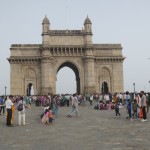
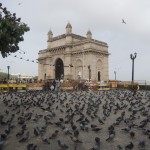
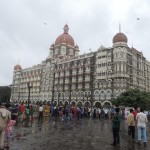
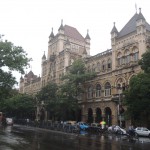
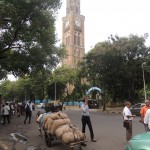
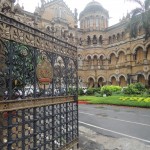
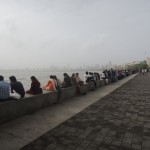
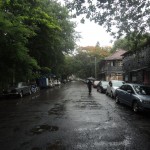
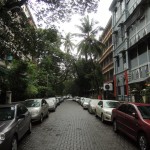
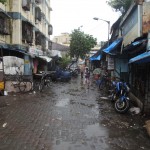
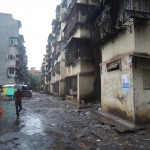
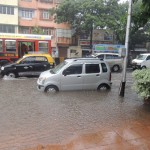

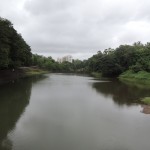
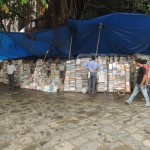
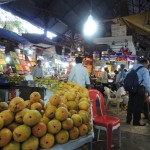
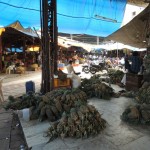
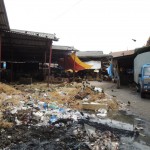
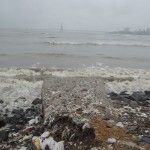

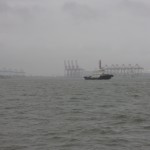
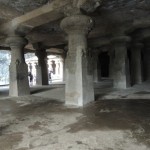
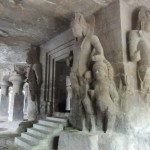
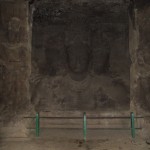
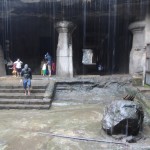
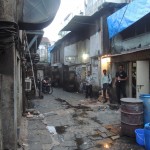
Thomas,

tu nous as souvent surpris avec des histoires inattendues mais là tu te surpasses: Thomas, l’acteur de cinéma, soldat américain d’une hypothétique unité d’élite
Dommage que les chances de te voir dans les salles européennes semblent plus que … très très minces
En tout cas dépêche-toi donc d’utiliser ta paye si durement acquise avant que l’inflation ne te permette même plus d’aller … dans votre magasin d’alcool favori..!!..
Hallo ihr beiden. Das war ja wieder ein interessanter Bericht von euch, Mumbai und monsoon kennen wir noch nicht – deshalb danke für die fotografischen und schriftlichen Einblicke:-) ich hoffe ihr habt eure visa inzwischen erhalten, wenn auch dann sicher etwas fehlen würde – aber irgendwann muss es ja mal weitergehen! Freue mich auf Iran. Wir schmoren gerade bei 42 Grad in der Basilikata. Grüße Thea und Fritz